“It’s given us more time to work on design and produce what we need to produce,” one of the firm’s Architects says. “It’s changed the way we’re doing things in a good way.”
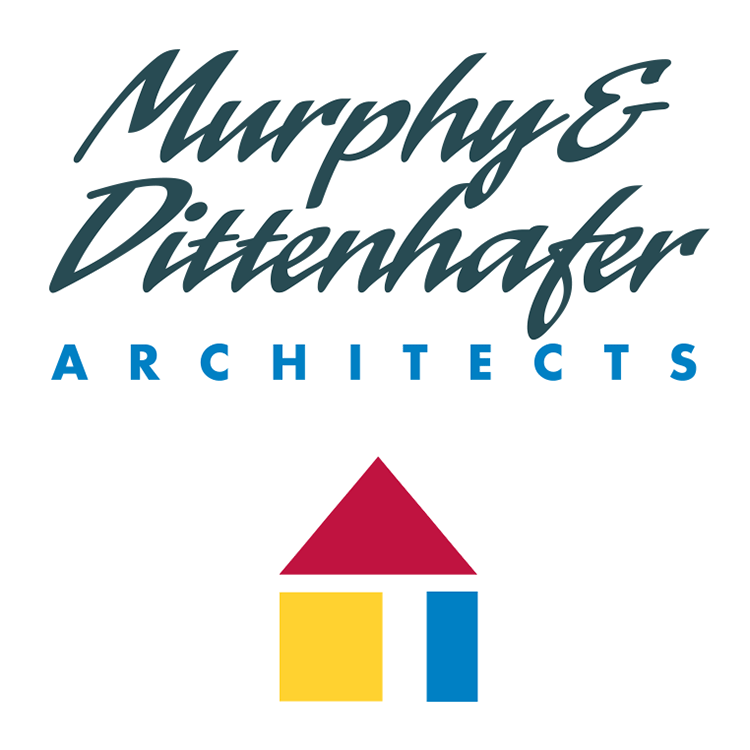
Well before renovation or construction begins, clients of Murphy & Dittenhafer Architects can take a virtual walk through their finished project. Moving from room to room, they pass other people, see how sunlight illuminates the redecorated interior spaces, and shift their perspective to see the new look from any angle.
If second thoughts arise about a wall color, countertop finish, carpet pattern, or shade of wood trim, changes can be made with the click of a mouse button.
Al that is possible because the firm invested several years ago in Lumion three-dimensional imaging software, a tool that Frank Dittenhafer, FAIA, LEED AP, president and co-founder of the firm, has called “invaluable.”
Like us on Facebook!
Using a long-established modeling software, Architects and Designers first create a three-dimensional data base of all spaces. After transferring that image to Lumion, they can insert people, move walls around, and present actual fabrics and finishes in a photo-realistic setting viewed in still images or video.
Previously, it might have taken a week to produce visual renderings. That’s no longer the case.
“We used to spend hours and hours and hours in Photoshop doing post-production work, adding lighting, people, trees,” says Architect Jonathan Taube. “We couldn’t change the angle of view. “Now, we’re spending minutes in Photoshop. The rest is coming right out of Lumion.”
Architectural Designers Kyle Giumento and Bryan Wright describe the old versus new method exactly the same way: It’s like night and day.
In Lumion, “You can move around easily and see all views,” Giumento says. “You can show close-up views, move the camera to any location.”
Lumion can output still images almost immediately, he says, as opposed to previously having to wait overnight. And the views can be striking.
“With a video, you could go up the side of a building, pan down the building, and walk inside,” he says.
Ahead of the curve
While the software is easy to learn, Taube says, some designers might have an advantage.
“Designers who are good at this grew up with video games,” he points out. “The software uses the same type of processing engine, how light bounces, how textures appear.”
Wright, who had played some battlefield video games, can attest to that.
“There are certain movements that are very similar,” he explains. “The speed with which you can move around is similar to a video game. You can easily see mistakes, if something looks good or it doesn’t.”
Taube says one project prompted the firm to purchase more of the Lumion software.
“There was a particular client who was used to a more realistic representation of spaces,” he says. “Some architectural firms say, ‘We don’t have the capability or the time to learn software.’ But we had seen the need coming. We talked about it.
“We had the choice to hire a consultant to outsource work or make the investment in Lumion. It saved a ton of money.”
Collaborating more easily
In the office, Lumion helps Interior Designers work in the space the Architects create.
“They don’t have this abstract problem of imagining what the material is,” Taube says of the interior designers.
After downloading an image of fabric from a manufacturer, they can provide that image to the Architectural Designers and, in Lumion, see it applied to a chair, for example.
“If they like them, great. If not, we pick something else,” Wright says.
The software also helps to control costs.
“Architects benefit because they don’t have to worry about the expense of making more views,” Taube says. “They can look over a designer’s shoulder, ask what it would look like from this or that angle. You can have an efficient, more creative conversation about design.”
Clients can view the virtual space as it is being constructed.
“Architects can show different options for finishes, how a space looks with furniture and people,” Taube says. “It’s a way to get confirmation from a client.”
Positive response
The reaction from clients has been positive.
“They like to see their projects taking form,” Wright says. “It’s exciting.”
“A lot of people tell us they’re impressed with the amount of detail we can show,” Giumento adds.
Lumion also helps clients watch the bottom line.
“Some clients have to justify project details with a higher authority agency,” Taube notes. “A walk-through video can seal the deal.”
Lumion has proved to be a win-win for Murphy & Dittenhafer’s Architects and Designers as well as clients.
“It’s given us more time to work on design and produce what we need to produce,” Taube says. “It’s changed the way we’re doing things in a good way.”
At Murphy & Dittenhafer Architects, we feel lucky to have such awesome employees who create meaningful and impressive work. Meet the four team members we welcomed in 2024.
The ribbon-cutting ceremony at the new Department of Legislative Services (DLS) office building in Annapolis honored a truly iconic point in time for the state of Maryland.
As Murphy & Dittenhafer architects approaches 25 years in our building, we can’t help but look at how far the space has come.
Murphy & Dittenhafer Architects took on the Architecture, Interior Design, & Overall Project Management for the new Bedford Elementary School, and the outcome is impactful.
The memorial’s groundbreaking took place in June, and the dedication is set to take place on November 11, 2024, or Veterans Day.
President of Murphy & Dittenhafer Architects, Frank Dittenhafer II, spoke about the company’s contribution to York-area revitalization at the Pennsylvania Downtown Center’s Premier Revitalization Conference in June 2024. Here are the highlights.
The Pullo Center welcomed a range of student musicians in its 1,016-seat theater with full production capabilities.
“Interior designs being integral from the beginning of a project capitalize on things that make it special in the long run.”
Digital animations help Murphy & Dittenhafer Architects and clients see designs in a new light.
Frank Dittenhafer and his firm work alongside the nonprofit to fulfill the local landscape from various perspectives.
From Farquhar Park to south of the Codorus Creek, Murphy & Dittenhafer Architects help revamp York’s Penn Street.
Designs for LaVale Library, Intergenerational Center, and Beth Tfiloh Sanctuary show the value of third places.
The Annapolis Department of Legislative Services Building is under construction, reflecting the state capital’s Georgian aesthetic with modern amenities.
For the past two years, the co-founder and president of Murphy & Dittenhafer Architects has led the university’s College of Arts and Architecture Alumni Society.
The firm recently worked with St. Vincent de Paul of Baltimore to renovate an old elementary school for a Head Start pre-k program.
The market house, an 1888 Romanesque Revival brick structure designed by local Architect John A. Dempwolf, long has stood out as one of York’s premier examples of Architecture. Architect Frank Dittenhafer is passing the legacy of serving on its board to Architectural Designer Harper Brockway.
At Murphy & Dittenhafer Architects, there is a deep-rooted belief in the power of combining history and adaptive reuse with creativity.
University of Maryland Global Campus explores modernizing its administration building, which serves staffers and students enrolled in virtual classes.
The Wilkens and Essex precincts of Baltimore County are receiving solutions-based ideas for renovating or reconstructing their police stations.
The firm has earned the designation annually since 2016 in recognition of its commitment to supporting newer professionals in the field.
Murphy & Dittenhafer Architects recently completed the Design Development phase for a 20,000-square-foot building for Crispus Attucks York. Construction should begin in August.
The facility in Anne Arundel County, Maryland, is re-envisioning its focus with the help of Murphy & Dittenhafer Architects.
Murphy & Dittenhafer Architects received numerous awards from AIA Pennsylvania, AIA Central Pennsylvania, AIA Baltimore, and ABC Keystone.
Since 2019, the firm has designed a number of protected entryways for Anne Arundel County Public Schools.
A business lunch at an iconic building sparked an awakening whose effects continue to ripple down the city thoroughfare.

























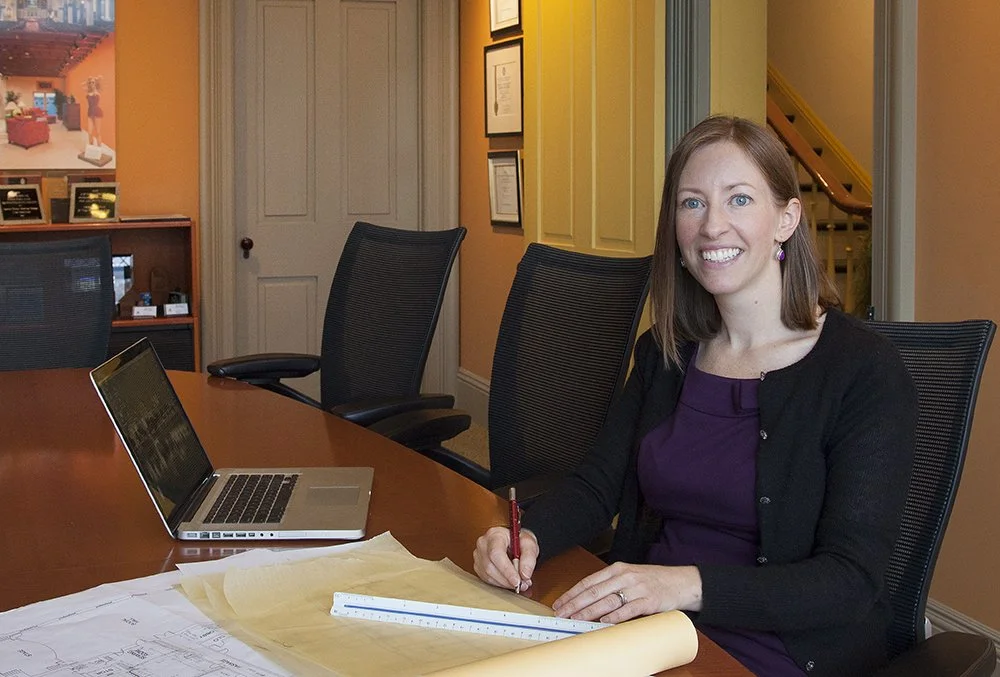


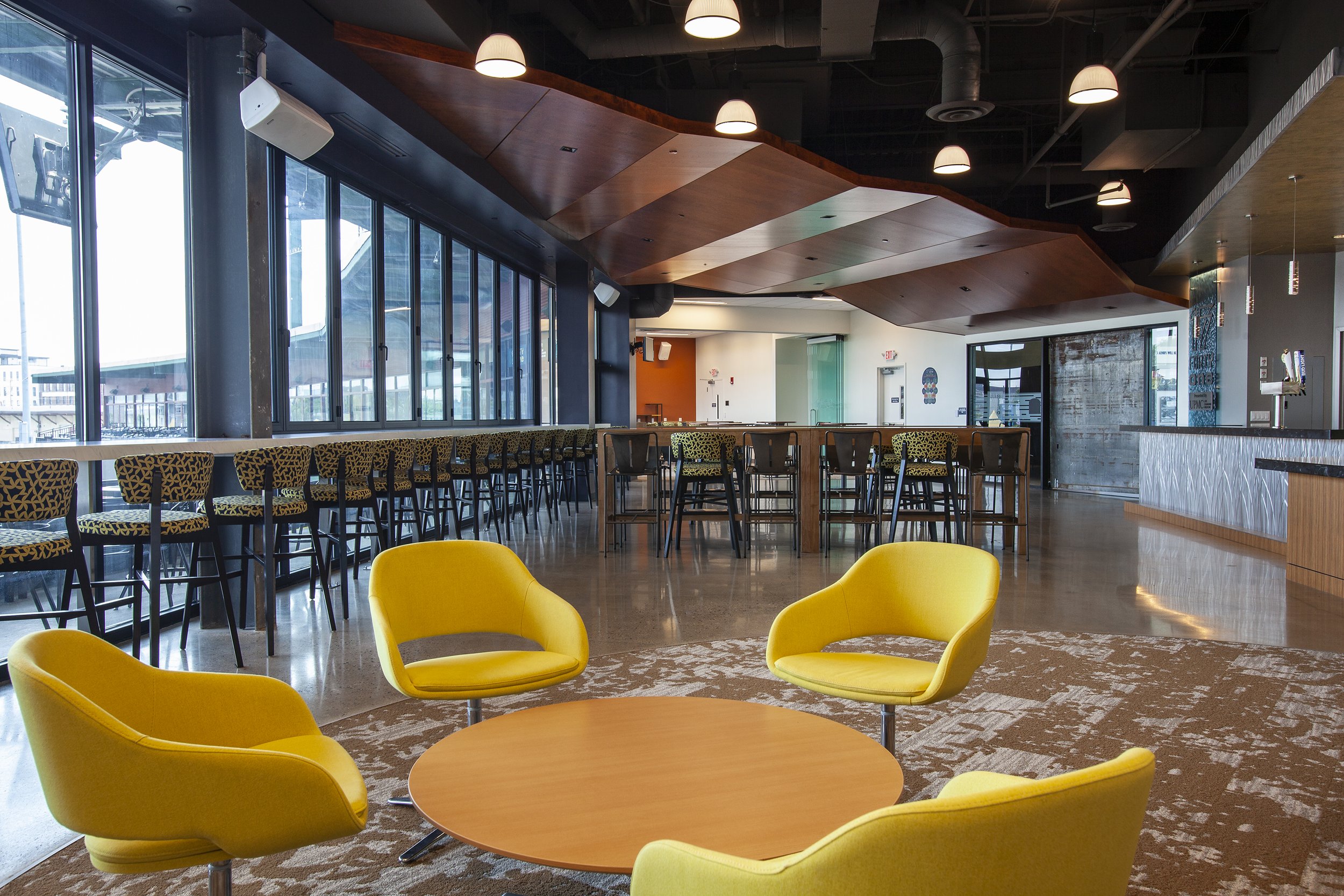




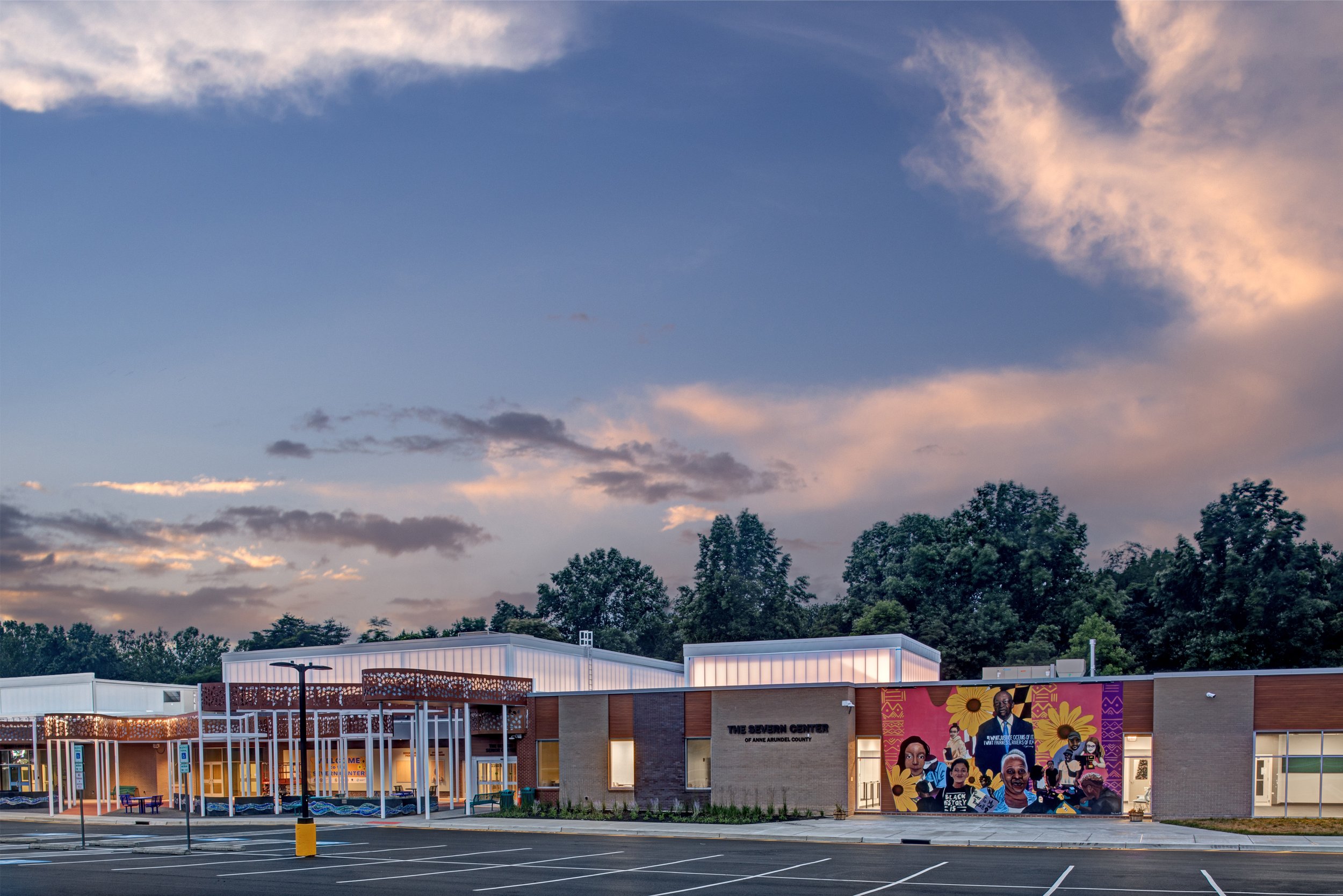


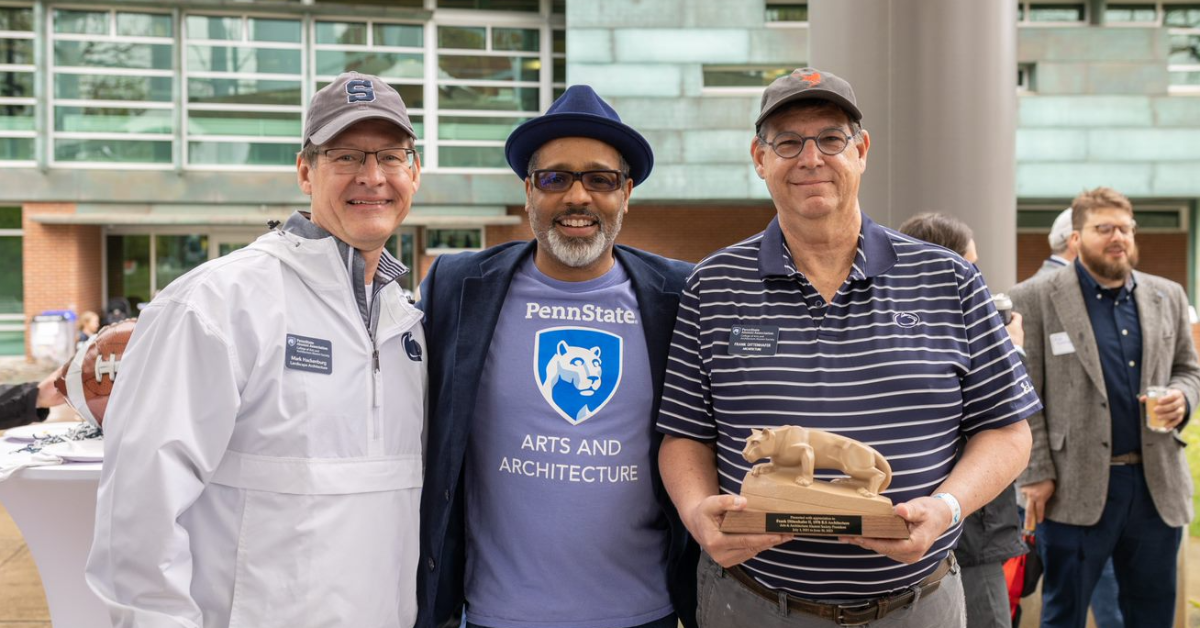
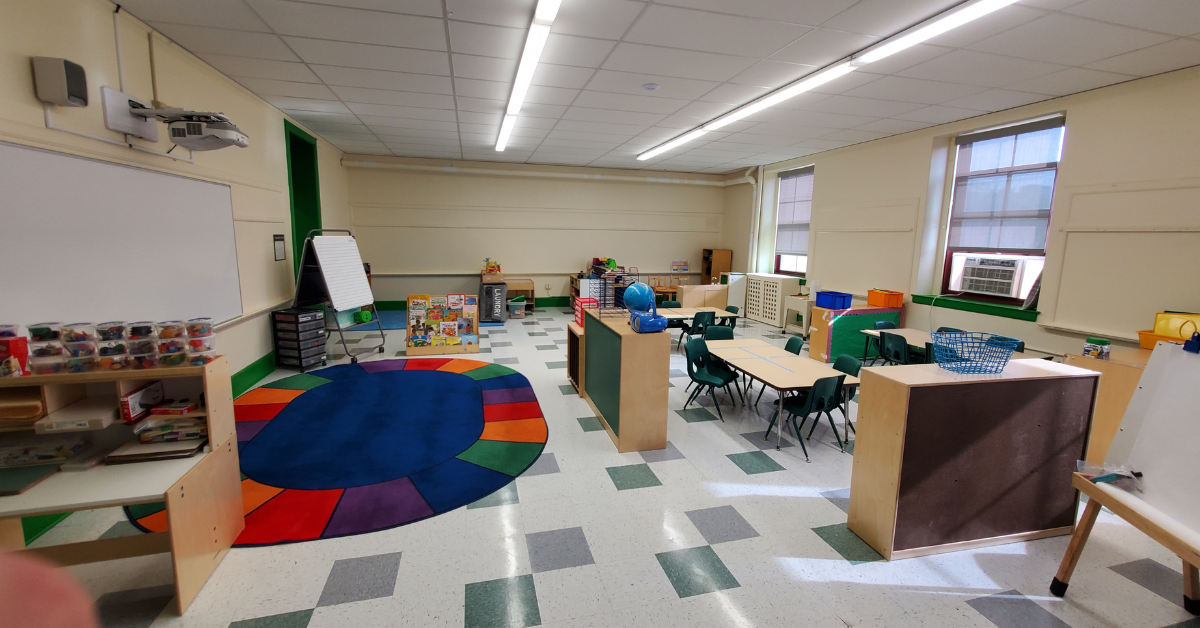
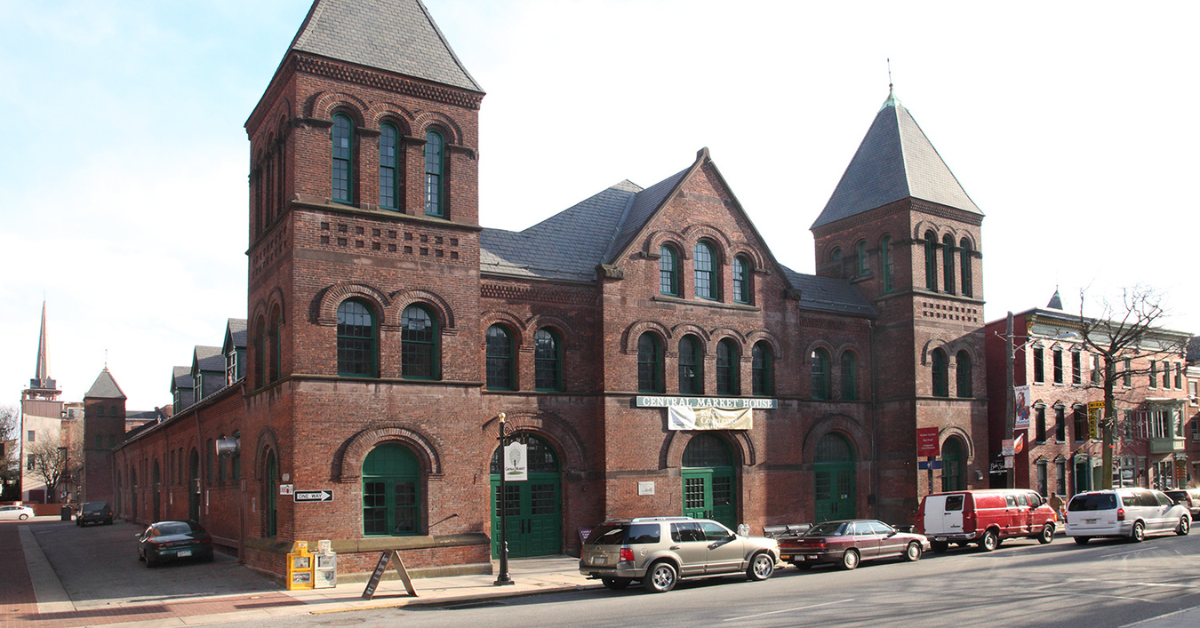









Harford Community College’s expanded new construction Chesapeake Welcome Center is a lesson in Architectural identity